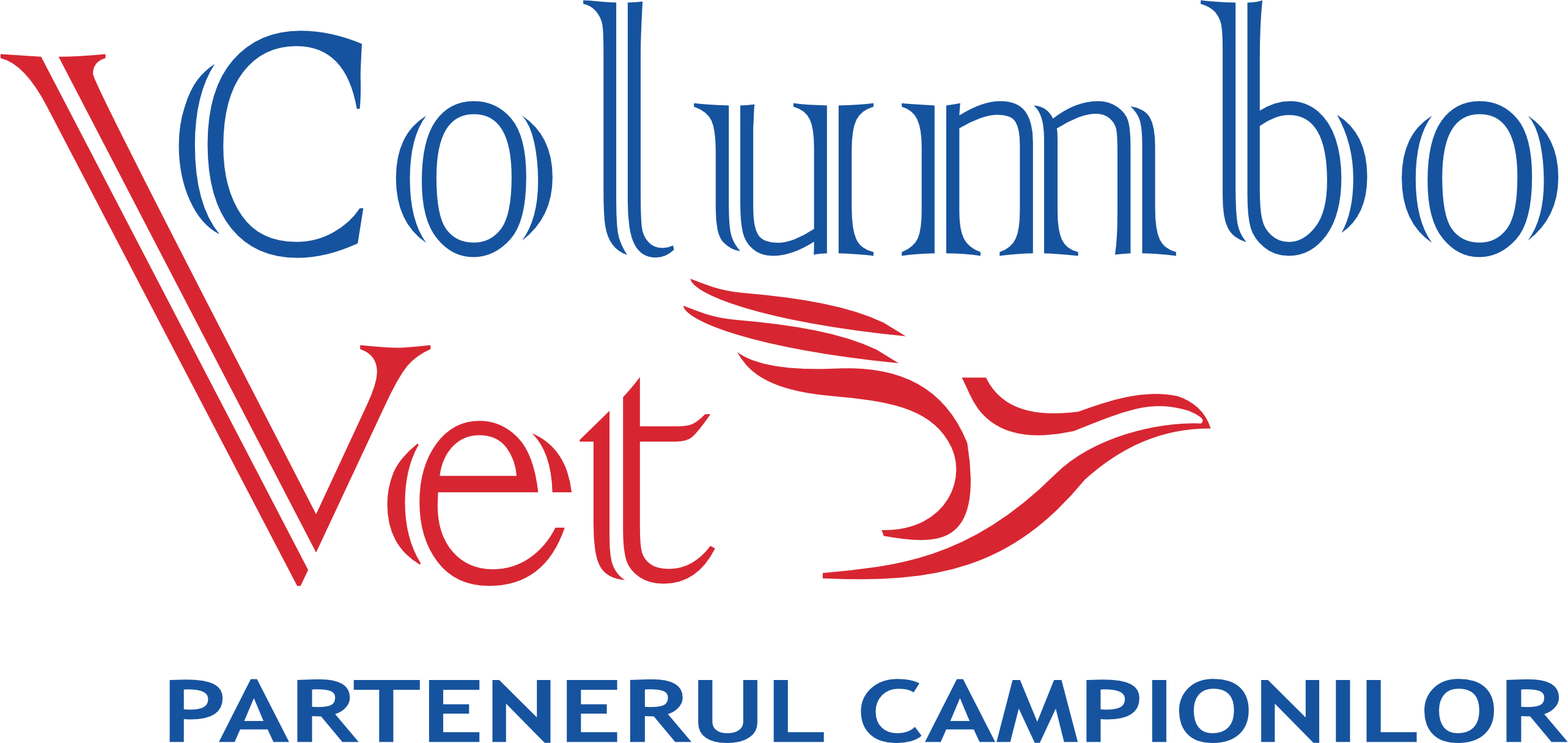Paratyphosis is a condition caused by Salmonella typhiumurium var. Copenhagen. I often receive comments from breeders about how they are convinced that the disease has occurred, for example from the neighbor's hen. Breeders have forgotten that the salmonella strain that can affect pigeons is specific only to pigeons.
Paratyphosis is a disease that is difficult to eradicate. The bacterium is able to survive in breeders for a long time. This is due to the fact that the germs can stay alive for a long time in the farm, but also because some of the pigeons can be carrier hosts, without clinical semen. These are often pigeons that do not seem to be affected, but at certain intervals secretes this bacterium. Mainly during stressful times.
This is an important fact in attempts to establish the presence of bacteria in a farm. As the excrement from several pigeons lasts for several days, the chances of this bacterium being discovered increase. We frequently met breeders who took our advice to collect literally five days of excrement and visited us with five bags of pigeon droppings. I have grown all these samples several times. In this way, you can see that bacteria could be identified for example on the second, third and fifth day, but not on the first and fourth day.
Let's say that the excrement was collected only on the fourth day, this breeder would have good results, even if the pigeons were strongly infected with paratyphoid. Basically, it shows that the excrement from a period of five days (not a full bucket! Someone once sent a bucket full of excrement by mail) provides a representative picture of the infection rate of the pigeons. The collected deposits can be used to create a representative sample for examination.
We must remember that it is important to collect these samples after the pigeons have been without medication for at least 4 weeks. The drugs inhibit the secretion of paratyphoid in feces. The duration of this inhibition also depends on the type of medication used. During seasonal excrement cultivation, when disinfection or other treatments are widely used, salmonella is rarely identified. However, there is no guarantee that there is no infected pigeon. Always keep this in mind when you have someone test you for feces.
The moulting period is another weakening of the pigeons' immune system, which is why there is an increase in the secretion of paratyphoid bacilli during this period. This could also be caused by the fact that, as a rule, no drugs are administered during the moulting period.
The famous autumn treatments
Most of the questions we receive are about fall treatments for paratyphosis. My standard answer is, if people absolutely want this, to do this after the moulting period, because I prefer not to provide drugs during the moulting period.
Opinions differ on their use. Some breeders - but also veterinarians - rely on this and say that as soon as they did so, they saw a strong improvement in flight performance and reproductive results. Other breeders do not notice a difference between giving a treatment after moulting or not.


